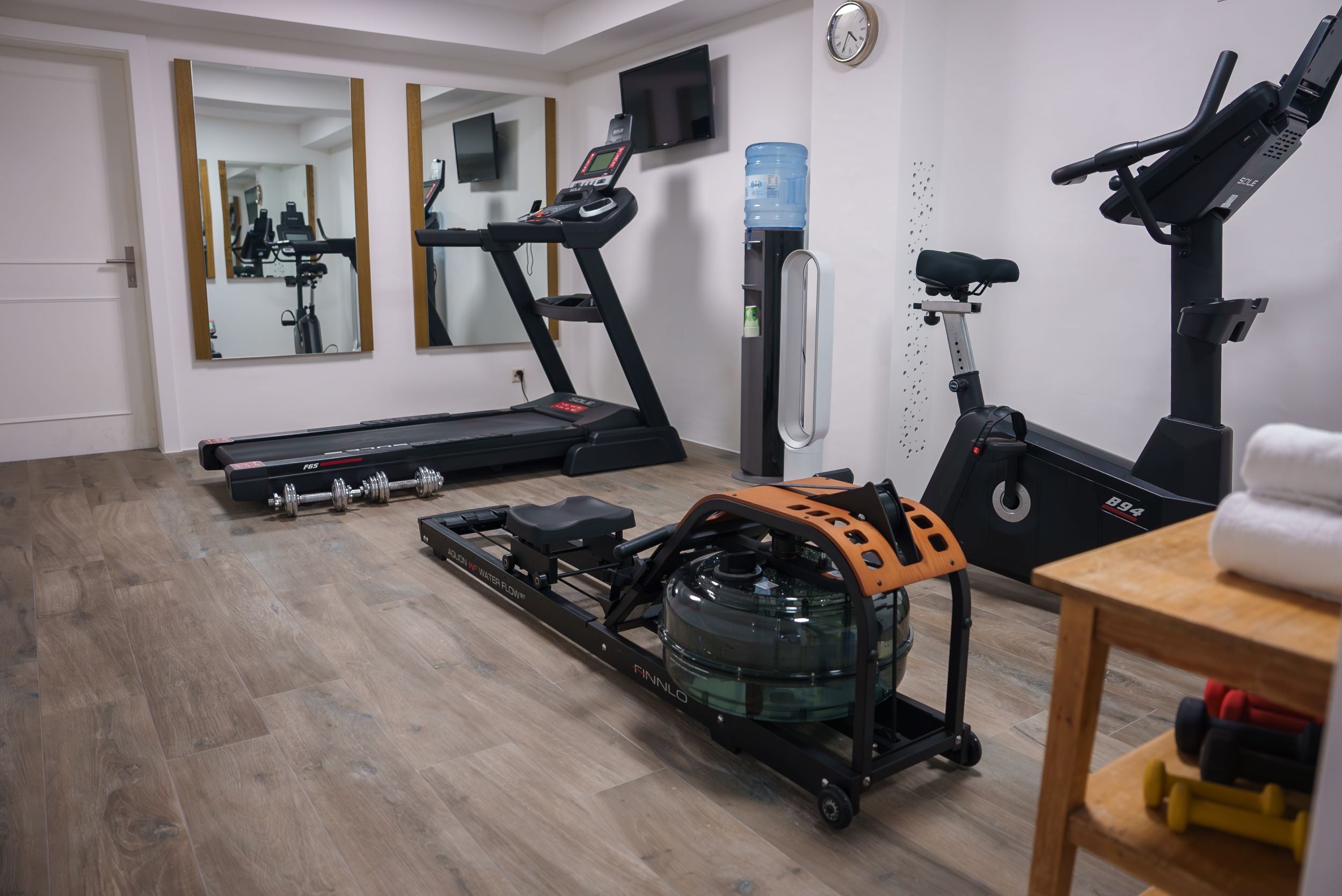Creating a home gym can be a great way to stay fit without the hassle of commuting, paying monthly fees, or dealing with crowded commercial gyms. Additionally, having a home gym lets you tailor your workouts and exercise whenever it suits you. Whether you're setting up a gym in your garage, a spare room, or just a corner of your living room, here’s how to make it effective.
6 SIMPLE STEPS TO MAKING THE BEST HOME GYM
Step 1: Define Your Workout Goals
Before you start, consider what you want to achieve with your fitness routine. Are you aiming to build strength, enhance your cardio, or improve flexibility?
For instance, if strength training is your priority, you should invest in free weights or a power rack. If cardio is your focus, consider getting a treadmill, bike, or jump rope.
Step 2: Choose the Right Space
You need enough room to move around and perform exercises safely. If you can, choose a space with good ventilation and lighting to create a more pleasant workout atmosphere.
Great options include basements, garages, or spare rooms. However, even a tidy corner in your living room can work. Be sure to measure your area to confirm that larger equipment, like treadmills or benches, will fit comfortably.
Step 3: Select Essential Equipment
Begin with versatile, multi-purpose items that will provide a wide range of workouts without cluttering your space. Here’s a list of must-haves for a well-equipped home gym:
- Dumbbells: Adjustable dumbbells save space and offer a variety of weight options for different exercises.
- Resistance Bands: These are affordable, versatile, and easy to store, providing strength training solutions for all fitness levels.
- Kettlebell: A single kettlebell can deliver a challenging workout and is excellent for both strength and cardio training.
- Yoga Mat: A mat is crucial for bodyweight exercises, stretching, and yoga. It’s also convenient to roll up and store away.
- Pull-Up Bar: For those serious about bodyweight training, a pull-up bar is a valuable addition that doesn’t occupy floor space.
- Cardio Equipment: If you have the room and budget, think about getting a treadmill, stationary bike, or rowing machine. For tighter spaces, a jump rope can offer an effective cardio workout.
Step 4: Organize and Set Up Your Home Gym
Arrange your equipment for easy access and to avoid clutter. In a small area, consider using wall-mounted racks or storage bins to keep everything tidy.
Mirrors can be a useful addition, helping you check your form while exercising and making the space appear larger.
Mats or rubber flooring can protect your floors from weights and minimize noise.
Step 5: Plan Your Workout Routine
Once your home gym is set up, create a workout routine that aligns with your goals and the equipment you have. With no commute time, this is a perfect chance to try out various workout plans and online resources.
Numerous free and paid fitness apps provide structured programs you can follow from the comfort of your home.
Step 6: Keep Your Home Gym Fresh and Motivating
To make your home gym a place you look forward to visiting, keep things interesting. Vary your workouts to prevent monotony, and think about establishing fitness goals to maintain your enthusiasm.
Simple enhancements, such as a sound system, a whiteboard for tracking your progress, or even a small plant, can enhance the environment and make your workouts more enjoyable.
Building a home gym can be as simple or elaborate as you want, and it doesn’t have to be expensive.




